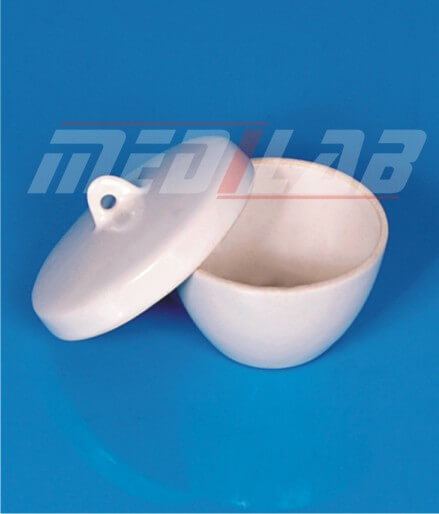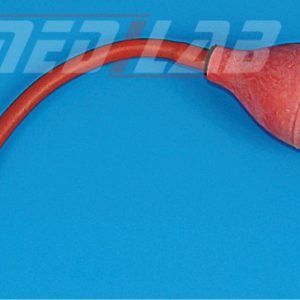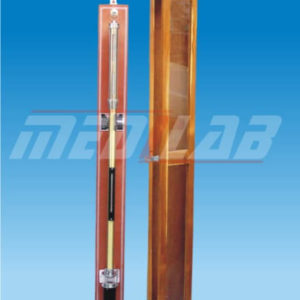Description
Porcelain Crucibles are laboratory vessels that are used for heating and melting of materials at high temperatures. They are made of different materials, such as porcelain, alumina, graphite, or quartz, depending on the intended use and temperature range. Crucibles come in various sizes and shapes, such as cylindrical, conical, or flat-bottomed, to fit different experimental requirements.
Crucibles are commonly used in chemistry, metallurgy, and materials science for various applications, such as the preparation of inorganic compounds, the analysis of minerals, or the production of alloys. They are also used in research and development of new materials, such as ceramics or semiconductors. Crucibles are highly durable and can be reused multiple times after proper cleaning and sterilization. However, they can be brittle or prone to cracking, especially when exposed to sudden temperature changes or thermal shock.
Crucibles can be heated by various methods, such as direct flame, hot plate, or furnace, depending on the material and the temperature range. Crucibles can also be covered or sealed to prevent contamination or to control reaction conditions. Crucibles are an essential component of laboratory equipment for high-temperature experiments and processes. They require careful handling and maintenance to ensure proper performance and safety.







